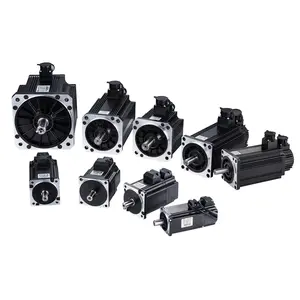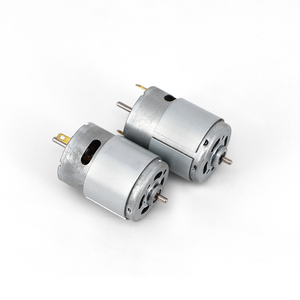A wheel hub motor is a critical component used in a variety of vehicles, such as cars, motorcycles, and electric bikes. This motor is integrated into the hub of the wheel, providing direct drive to the vehicle. This product has revolutionized the propulsion systems in vehicles, especially in electric vehicles, where the design and performance of the hub motor play a crucial role.
Types of wheel hub motors
There are primarily two types of wheel hub motors: Brushed and Brushless. Brushed hub motors are the traditional type, using brushes to switch the motor windings' polarity, generating a magnetic field that causes the rotor to spin. In contrast, brushless hub motors do not use brushes for switching. Instead, they rely on an electric controller to switch the polarity. Brushless electric bike hub motors are typically more efficient and require less maintenance than their brushed counterparts.
Applications of wheel hub motors
The wheel hub motor finds application in a range of vehicles, from electric bikes to cars and motorcycles. The electric bike hub motor is particularly popular among eco-conscious consumers, offering a green alternative to traditional gas-powered bikes. Electric bikes powered by hub motors provide a smooth and efficient ride, making them ideal for urban commutes. Similarly, the car hub motor is a critical component in electric cars, contributing significantly to the vehicle's overall performance. The motorcycle hub motor is also gaining traction in the market, with many manufacturers incorporating this technology into their motorcycles for better efficiency and performance.
Materials used in wheel hub motors
The materials used in the production of wheel hub motors greatly influence their durability and performance. The motor's rotor and stator are usually made from iron or steel, while the windings are typically copper. The choice of these materials is critical, as they need to withstand high temperatures and resist corrosion. High-grade metals like steel and copper are preferred for their high thermal conductivity and durability. Furthermore, the hub casing, which houses the motor, is typically aluminum due to its lightweight properties and excellent heat dissipation capabilities.
In conclusion, the wheel hub motor plays a pivotal role in the electric vehicle industry. Its design, types, applications, and the materials used in its production all contribute to its efficiency and performance. As technology continues to advance, it's expected that the wheel hub motor will continue to evolve, offering even better performance and efficiency for electric vehicles. Whether it's an electric bike wheel motor or a car hub motor, the future of electric mobility greatly depends on this innovative technology.












































 浙公网安备 33010002000092号
浙公网安备 33010002000092号 浙B2-20120091-4
浙B2-20120091-4